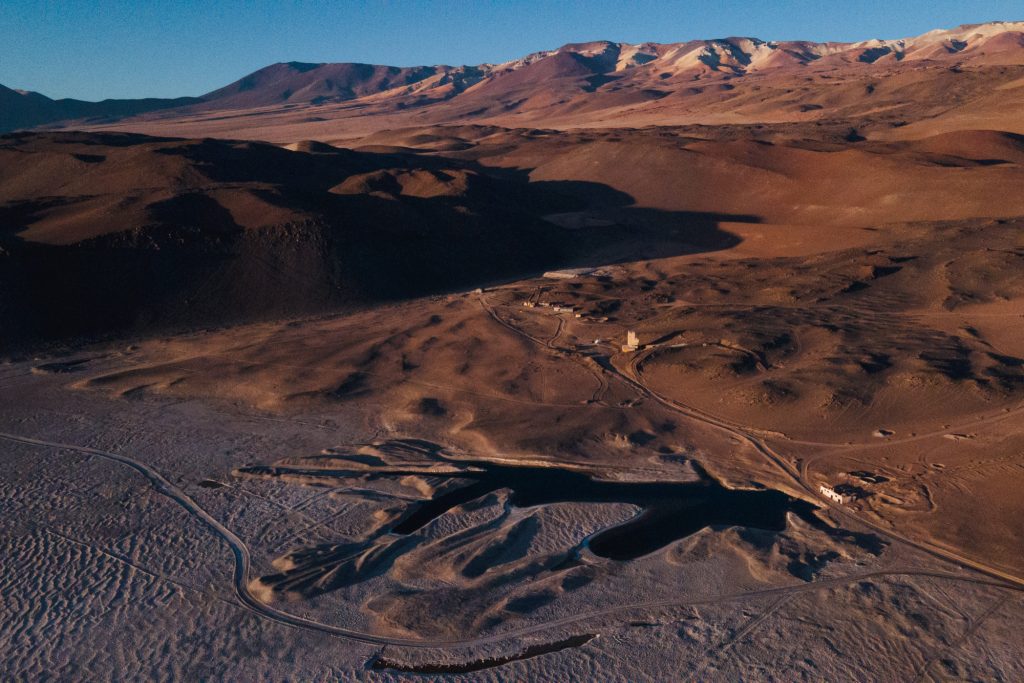NOA Lithium Brines posts high-grade maiden resource estimate at Rio Grande, Argentina

NOA Lithium Brines Inc. [TSXV-NOAL; FSE-N7N] reported a maiden Mineral Resource Estimate (MRE) statement for its Rio Grande lithium brine project in Salta province, Argentina.
The MRE detailed below includes 1,919,000 metric tonnes (Mt) of lithium carbonate (Li2CO3) equivalent (LCE) with an average Li concentration of 612 mg/l in the Measured & Indicated (M&I) category. Moreover, the MRE includes an Inferred category which contains an additional 371,000 Mt of LCE with an average Li concentration of 610 mg/l.
Highlights of the maiden MRE at Rio Grande, include the following: M&I resource estimate with greater than 1.9 Mt of LCE at 612 mg/l in addition to approximately 0.37 Mt of LCE inferred at 610 mg/l.
Approximately 80% of the MRE is located in the north and northeast of the Rio Grande properties, where the highest concentration and porosity was found.
Extensive exploration upside potential remains with only 4,362 hectares, which equals only 12% of NOA’s ~37,000 hectare land package at Rio Grande having been explored to date.
NOA is currently performing a CSAMT geophysical campaign at Rio Grande to help define the second phase of the Company´s Rio Grande exploration campaign, which is expected to include areas not yet explored, including the southern portion of its tenements.
NOA’s CEO, Gabriel Rubacha, stated: “We are very excited to announce a robust maiden resource estimate, which solidifies our Rio Grande project as one of the best undeveloped projects in Argentina. This maiden resource exceeds our expectations both in terms of total volume, and also in terms of the high concentration of lithium, leading us to believe NOA has a valuable project to be developed with the flexibility of not having to rely on DLE (Direct Lithium Extraction) technologies, minimizing risks and potential additional cost for its development.
“Considering we have only explored 12% of NOA’s properties at Rio Grande to date, there is still significant exploration upside potential to expand this resource as we look forward. These results allow NOA to proceed to the next stage of our flagship project at Rio Grande. Additionally, with a plan to start drilling NOA’s Arizaro and Salinas Grandes projects, we are confident we will unlock additional value for our shareholders,”
The initial exploration well program was designed to characterize the subsurface lithology and determine the potential for a lithium resource within the mining concessions. Locations for the exploration wells currently drilled are shown on Figure 1 below, and location coordinates and depths for these wells are provided in Table 2 below. A total of 2,481 metres were drilled in this initial program and included in the MRE.
Wells drilled in this initial program used the diamond drill hole method by Hidrotec Perforaciones S.R.L., based in Salta, Argentina. All boreholes are vertical, and depths drilled represent true thicknesses.
The MRE was prepared in accordance with the guidelines of NI 43-101 standards. The MRE was completed by independent qualified person Michael Rosko, M.Sc., C.P.G. of Montgomery & Associates.
Considering that nearly 100% of chemistry samples show concentration values significantly higher than 200 mg/, no cut-off grade was applied to calculate the MRE.
All NOA’s projects are located in the heart of the prolific Lithium Triangle, in mining-friendly Salta province, Argentina, near a multitude of projects and operations owned by some of the largest players in the lithium industry. NOA has rapidly consolidated one of the largest lithium brine claim portfolios in this region that is not owned by a producing company, with key positions on three prospective salars, being Rio Grande, Arizaro, Salinas Grandes, and totaling over 140,000 hectares.
